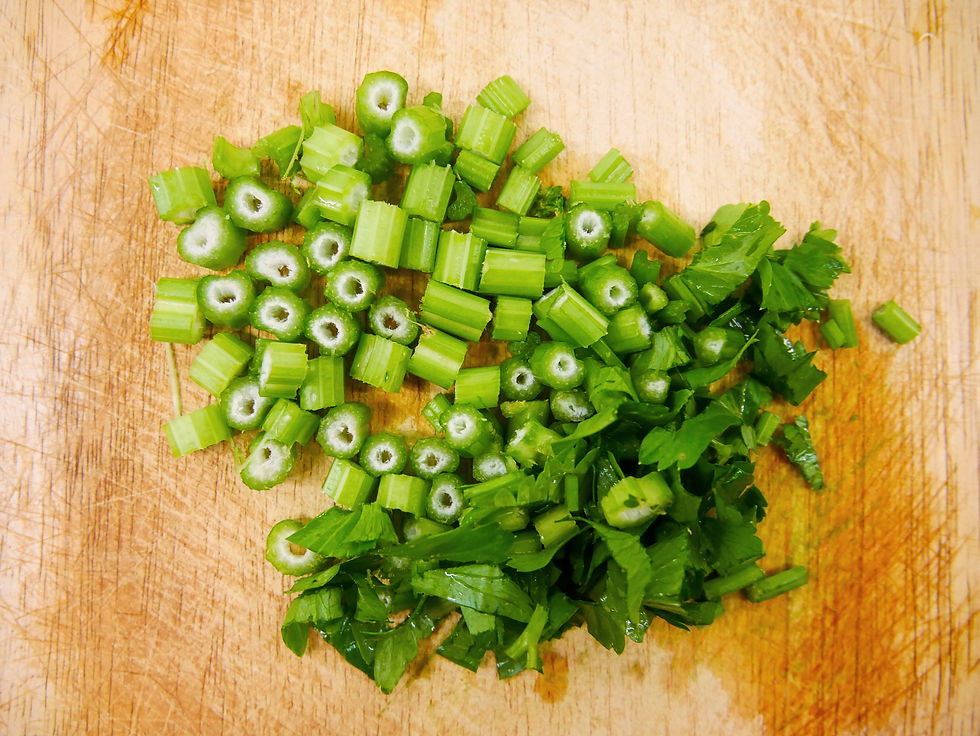Flavonoids: the Big Five of Aroma, Flavor & Color
- Sylvia Rose

- Jan 22
- 3 min read
Flavonoids are plant compounds created to facilitate life of the plant. They produce vibrant colors, scents and flavors to attract pollinators or repel pests and hungry herbivores. Here are the big five of the flavonoids.

As polyphenolic compounds, flavonoids contribute to pigmentation of fruits, vegetables, and flowers, and also plant metabolism. Several subclasses of flavonoids exist.
They include flavanols, flavones, isoflavones, flavanones, and anthocyanins. Each subclass has distinct features favorable for plant nutrition, protection and human health.

1. Flavanols
Flavanols are a subclass of flavonoids characterized by their chemical structure, which includes a specific hydroxyl group. They're found in foods such as tea, dark chocolate, apples, berries, and red wine.
Flavanols are the most recognized subclass of flavonoids. One significant example of flavanols is epicatechin, abundant in green tea and dark chocolate.

According to the National Institutes of Health, large-scale epidemiological studies demonstrate an association between consumption of these foods and cognitive function, as well as improved blood flow.
2. Flavones
Flavones are another subclass of flavonoids recognized for their bright yellow colors. They are abundant in foods like parsley, thyme, celery, and citrus fruits.
Apigenin, a flavone found in parsley, celery and chamomile, has potential anti-inflammatory and anti-cancer properties according to lab studies. Flavones are shown to have neuroprotective effects in humans.

Flavones contribute to the vivid colors of plants and protect against environmental stressors. Their antioxidant properties help shield plants from damage due to UV rays and pathogens.
Flavones also enhance the unique flavors and aromas of plants. The taste of celery is largely attributed to its high flavone content.

3. Isoflavones
Isoflavones are unique among flavonoids as they're predominantly found in soybeans and other legumes. They mimic the hormone estrogen and are sometimes called phytoestrogens.
They are particularly recognized for functions in women's health especially menopause symptoms. Isoflavones are primarily found in soy products like tofu, edamame and soy milk.

4. Flavanones
Flavanones are primarily found in citrus fruits and create the bitter taste of some citrus juices. Sources include oranges, grapefruits, lemons, and limes.
The flavanones are aromatic, colorless ketones derived from flavone and appearing in plants as glycosides, or sugar compounds. Flavanones have neuroprotective properties.
The medical compound is hesperidin, especially abundant in oranges. It's considered to lower blood pressure by around 7%.

5. Anthocyanins
Anthocyanins are the pigments responsible for the red, blue, and purple colors found in many fruits and vegetables, such as blueberries, cherries, red cabbage, and blackberries.
Bright fruits attract consumers like birds and animals who help distribute seeds in their droppings. The seeds are hard to digest due to their starchy structures and many grow better after passing through an intestinal tract.

Non-Fiction Books:
Fiction Books:
READ: Lora Ley Adventures - Germanic Mythology Fiction Series
READ: Reiker For Hire - Victorian Detective Murder Mysteries


